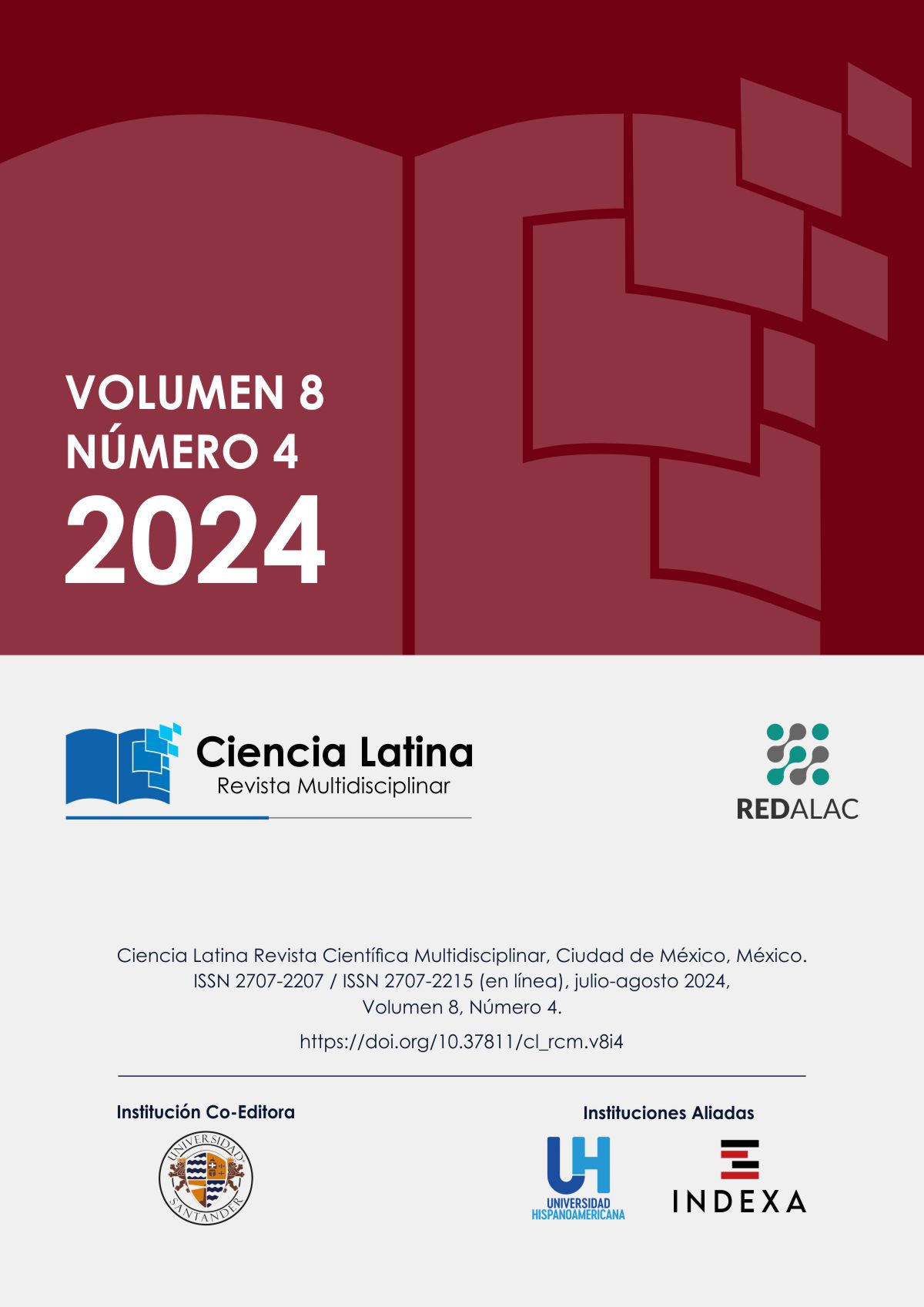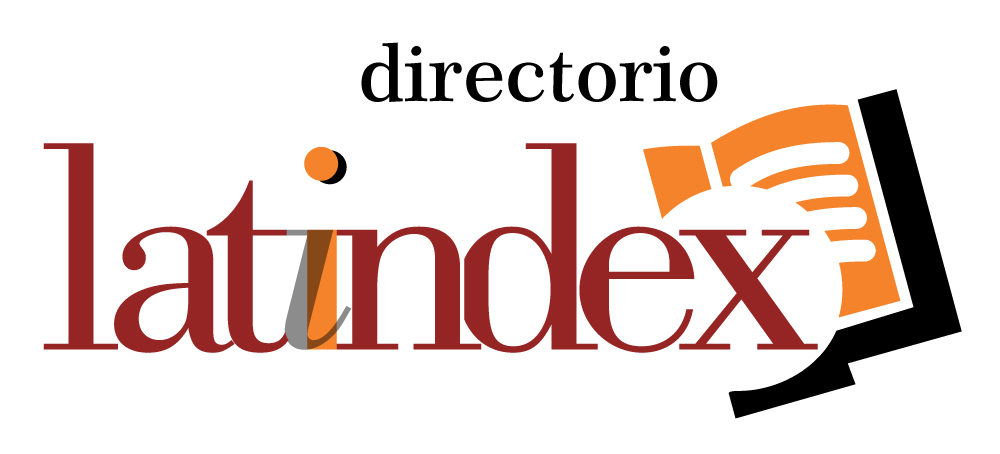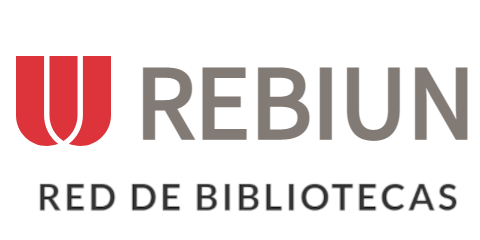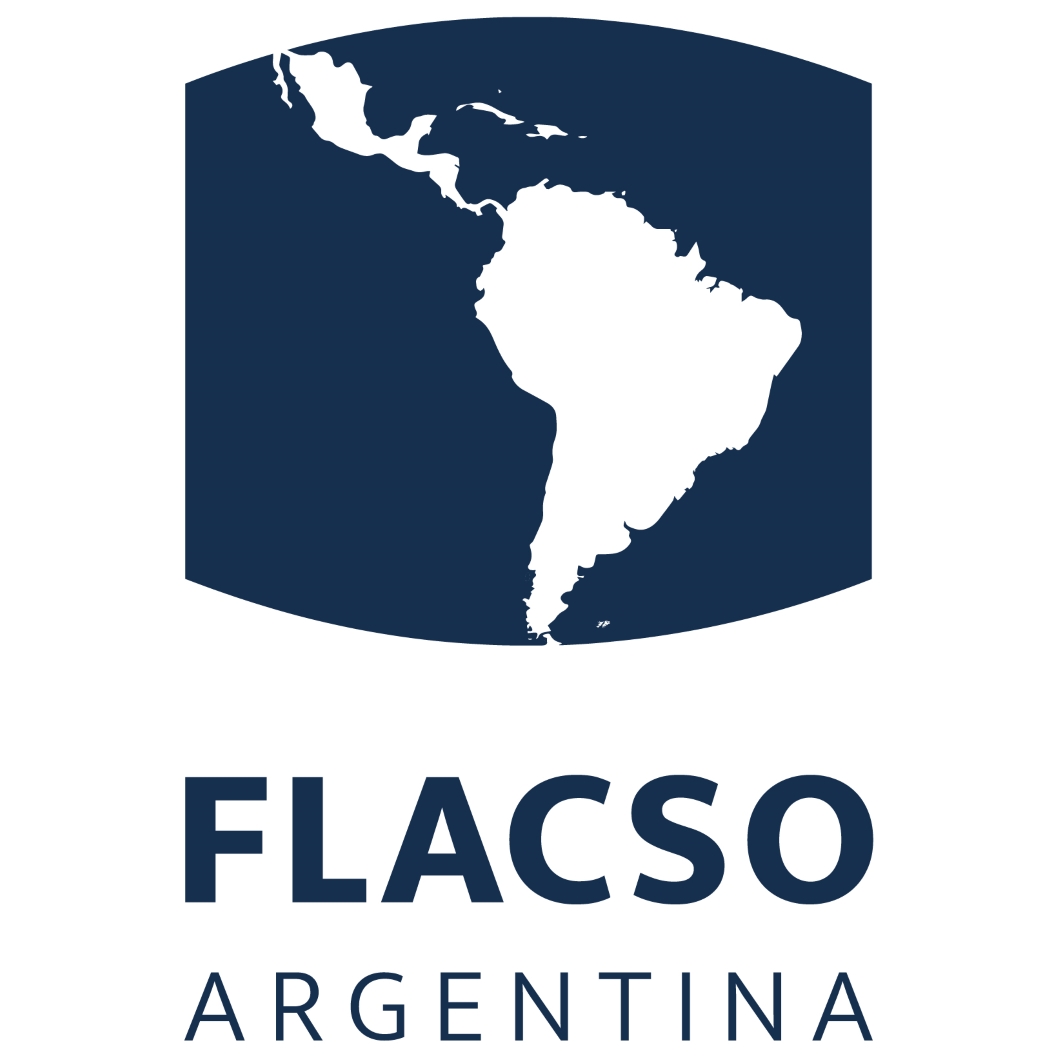Foramen Oval Estado del Arte y Revisión de la Literatura sobre su Abordaje
Resumen
El foramen oval permeable (FOP) es una anormalidad común que afecta entre el 20% y el 34% de la población adulta. Para la mayoría de las personas, es un hallazgo benigno; sin embargo, en algunas personas, el FOP puede abrirse ampliamente para permitir que el émbolo paradójico pase de la circulación venosa a la arterial, lo que se asocia con accidente cerebrovascular y embolización sistémica. El cierre percutáneo del FOP en pacientes con accidente cerebrovascular criptogénico se ha llevado a cabo durante varios años y se han comercializado varios oclusores septales para fines específicos. Ensayos controlados aleatorizados recientes han demostrado que el cierre del FOP en pacientes con accidente cerebrovascular criptogénico se asocia con tasas reducidas de accidente cerebrovascular recurrente. Después de una breve descripción de la anatomía de un FOP, este artículo considera la evidencia del cierre del FOP en el accidente cerebrovascular criptogénico. El artículo también aborda otras posibles indicaciones para el cierre, como la embolización arterial sistémica, la enfermedad por descompresión, el síndrome platipnea-ortodesoxia y la migraña con aura. El artículo establece las investigaciones previas al procedimiento y la preparación del procedimiento. Finalmente, el artículo brinda una descripción general del procedimiento en sí, incluida la discusión de los dispositivos de cierre.
Descargas
Citas
Calvert PA, Rana BS, Kydd AC, Shapiro LM. Patent foramen ovale: anatomy, outcomes, and closure. Nat Rev Cardiol. 2011;8:148–60. doi: 10.1038/nrcardio.2010.224.
Handke M, Harloff A, Olschewski M et al. Patent foramen ovale and cryptogenic stroke in older patients. N Engl J Med. 2007;357:2262–8. doi: 10.1056/NEJMoa071422.
Adams HPJ, Bendixen BH, Kappelle LJ et al. Classification of subtype of acute ischemic stroke. Definitions for use in a multicenter clinical trial. TOAST. Trial of Org 10172 in Acute Stroke Treatment. Stroke. 1993;24:35–41. doi: 10.1161/01.STR.24.1.35.
Hart RG, Diener -C, Coutts SB et al. Embolic strokes of undetermined source: the case for a new clinical construct. Lancet Neurol. 2014;13:429–38. doi: 10.1016/S1474-4422(13)70310-
Zaman MO, Mojaddedi S, Nietlispach F et al. FOP-mediated stroke: exposing the misnomer of “cryptogenic” stroke. Am J Cardiol. 2019;123:2059–60. doi: 10.1016/j.amjcard.2019.03.031.
Ntaios G. Embolic stroke of undetermined source. J Am Coll Cardiol. 2020;75:333–40. doi: 10.1016/j.jacc.2019.11.024.
Zahn FW. Thrombosis of several branches of the inferior vena cava with consecutive emboli in the pulmonary, splenic, renal and right iliac arteries. Rev Méd de la Suisse Rom. 1881;1:227–37.
Choong CK, Calvert PA, Falter F et al. Life-threatening impending paradoxical embolus caught “red-handed”: successful management by multidisciplinary team approach. J Thorac Cardiovasc Surg. 2008;136:527–8.e8. doi: 10.1016/j.jtcvs.2007.10.090.
Madani H, Ransom PA. Paradoxical embolus illustrating speed of action of recombinant tissue plasminogen activator in massive pulmonary embolism. Emerg Med J. 2007;24:441. doi: 10.1136/emj.2006.045104.
Kim RJ, Girardi LN. “Lots of clots”: multiple thromboemboli including a huge paradoxical embolus in a 29-year old man. Int J Cardiol. 2008;129:e50–2. doi: 10.1016/j.ijcard.2007.06.116.
Cramer SC, Rordorf G, Maki JH et al. Increased pelvic vein thrombi in cryptogenic stroke: results of the Paradoxical Emboli from Large Veins in Ischemic Stroke (PELVIS) study. Stroke. 2004;35:46–50. doi: 10.1161/01.STR.0000106137.42649.AB.
Furlan AJ, Reisman M, Massaro J et al. Closure or medical therapy for cryptogenic stroke with patent foramen ovale. N Engl J Med. 2012;366:991–9. doi: 10.1056/NEJMoa1009639.
Meier B, Kalesan B, Mattle HP et al. Percutaneous closure of patent foramen ovale in cryptogenic embolism. N Engl J Med. 2013;368:1083–91. doi: 10.1056/NEJMoa1211716.
Messe SR, Kent DM. Still no closure on the question of FOP closure. N Engl J Med. 2013;368:1152–3. doi: 10.1056/NEJMe1301680.
Thaler DE, Wahl A. Critique of closure or medical therapy for cryptogenic stroke with patent foramen ovale: the hole truth? Stroke. 2012;43:3147–9.
doi: 10.1161/STROKEAHA.112.659599.
Meier B. Closure of the patent foramen ovale with dedicated Amplatzer occluders: closing in on a mechanical vaccination. Catheter Cardiovasc Interv. 2008;72:80–1. doi: 10.1002/ccd.21651.
Nietlispach F, Meier B. Percutaneous closure of patent foramen ovale: an underutilized prevention? Eur Heart J. 2016;37:2023–8. doi: 10.1093/eurheartj/ehv376.
Carroll JD, Saver JL, Thaler DE et al. Closure of patent foramen ovale versus medical therapy after cryptogenic stroke. N Engl J Med. 2013;368:1092–100. doi: 10.1056/NEJMoa1301440.
Saver JL, Carroll JD, Thaler DE et al. Long-term outcomes of patent foramen ovale closure or medical therapy after stroke. N Engl J Med. 2017;377:1022–32. doi: 10.1056/NEJMoa1610057.
Sondergaard L, Kasner SE, Rhodes JF et al. Patent foramen ovale closure or antiplatelet therapy for cryptogenic stroke. N Engl J Med. 2017;377:1033–42. doi: 10.1056/NEJMoa1707404.
Lee PH, Song JK, Kim JS et al. Cryptogenic stroke and high-risk patent foramen ovale: the DEFENSE-FOP trial. J Am Coll Cardiol. 2018;71:2335–42. doi: 10.1016/j.jacc.2018.02.046.
Mas JL, Derumeaux G, Guillon B et al. Patent foramen ovale closure or anticoagulation vs. antiplatelets after stroke. N Engl J Med. 2017;377:1011–21. doi: 10.1056/NEJMoa1705915.
Turc G, Calvet D, Guerin P et al. Closure, anticoagulation, or antiplatelet therapy for cryptogenic stroke with patent foramen ovale: systematic review of randomized trials, sequential meta-analysis, and new insights from the CLOSE study. J Am Heart Assoc. 2018;7:e008356. doi: 10.1161/JAHA.117.008356.
Abo-Salem E, Chaitman B, Helmy T et al. Patent foramen ovale closure versus medical therapy in cases with cryptogenic stroke, meta-analysis of randomized controlled trials. J Neurol. 2018;265:578–85. doi: 10.1007/s00415-018-8750-x.
Darmoch F, Al-Khadra Y, Soud M et al. Transcatheter closure of patent foramen ovale versus medical therapy after cryptogenic stroke: a meta-analysis of randomized controlled trials. Cerebrovasc Dis. 2018;45:162–9. doi: 10.1159/000487959.
Elgendy AY, Elgendy IY, Mojadidi MK et al. New-onset atrial fibrillation following percutaneous patent foramen ovale closure: a systematic review and meta-analysis of randomised trials. EuroIntervention. 2019;14:1788–90. doi: 10.4244/EIJ-D-18-00767.
Ha FJ, Adams H, Palmer S. Device closure for patent foramen ovale in patients with cryptogenic stroke: a paradigm in evidence. Med J Aust. 2019;211:343. doi: 10.5694/mja2.50341.
Wahl A, Jüni P., Mono M-L et al. Long-term propensity score-matched comparison of percutaneous closure of patent foramen ovale with medical treatment after paradoxical embolism. Circulation. 2012;125:803–12. doi: 10.1161/CIRCULATIONAHA.111.030494.
Schulze V, Lin Y, Karathanos A et al. Patent foramen ovale closure or medical therapy for cryptogenic ischemic stroke: an updated meta-analysis of randomized controlled trials. Clin Res Cardiol. 2018;107:745–55. doi: 10.1007/s00392-018-1224-4.
Volpi JJ, Ridge JR, Nakum M Cost-effectiveness of percutaneous closure of a patent foramen ovale compared with medical management in patients with a cryptogenic stroke: from the US payer perspective. J Med Econ. 2019. pp. 1–8.
Leppert MH, Poisson SN, Carroll JD et al. Cost-effectiveness of patent foramen ovale closure versus medical therapy for secondary stroke prevention. Stroke. 2018;49:1443–50. doi: 10.1161/STROKEAHA.117.020322.
Hildick-Smith D, Turner M, Shaw L et al. Evaluating the cost-effectiveness of percutaneous closure of a patent foramen ovale versus medical management in patients with a cryptogenic stroke: from the UK payer perspective. J Med Econ. 2019;22:131–9. doi: 10.1080/13696998.2018.1548355.
Wintzer-Wehekind J, Alperi A, Houde C et al. Long-term follow-up after closure of patent foramen ovale in patients with cryptogenic embolism. J Am Coll Cardiol. 2019;73:278–87. doi: 10.1016/j.jacc.2018.10.061.
Ahmed S, Sadiq A, Siddiqui AK et al. Paradoxical arterial emboli causing acute limb ischemia in a patient with essential thrombocytosis. Am J Med Sci. 2003;326:156–8. doi: 10.1097/00000441-200309000-00011.
Kleber FX, Hauschild T, Schulz A et al. Epidemiology of myocardial infarction caused by presumed paradoxical embolism via a patent foramen ovale. Circ J. 2017;81:1484–9. doi: 10.1253/circj.CJ-16-0995.
Pavoni D, Zanuttini D, Spedicato L et al. Large interatrial thrombus-in-transit resulting in acute myocardial infarction complicated by atrioventricular block and cardiogenic shock. J Am Coll Cardiol. 2012;59:1329. doi: 10.1016/j.jacc.2011.08.084.
Butler BD, Hills BA. The lung as a filter for microbubbles. J Appl Physiol Respir Env Exerc Physiol. 1979;47:537–43. doi: 10.1152/jappl.1979.47.3.537.
Wilmshurst PT, Byrne JC, Webb-Peploe MM. Relation between interatrial shunts and decompression sickness in divers. Lancet. 1989;2:1302–6. doi: 10.1016/S0140-6736(89)91911-9.
Torti SR, Billinger M, Schwerzmann M et al. Risk of decompression illness among 230 divers in relation to the presence and size of patent foramen ovale. Eur Hear J. 2004;25:1014–20. doi: 10.1016/j.ehj.2004.04.028.
Billinger M, Zbinden R, Mordasini R et al. Patent foramen ovale closure in recreational divers: effect on decompression illness and ischaemic brain lesions during long-term follow-up. Heart. 2011;97:1932–7. doi: 10.1136/heartjnl-2011-300436.
Honeĕk J, Šrámek M, Šefc L et al. High-grade patent foramen ovale is a risk factor of unprovoked decompression sickness in recreational divers. J Cardiol. 2019;74:519–23. doi: 10.1016/j.jjcc.2019.04.014.
Vanden Eede M, Van Berendoncks A, De Wolfe D et al. Percutaneous closure of patent foramen ovale for the secondary prevention of decompression illness in sports divers: mind the gap. Undersea Hyperb Med. 2019;46:625–32.
Godart F, Rey C, Prat A et al. Atrial right-to-left shunting causing severe hypoxaemia despite normal right-sided pressures. Report of 11 consecutive cases corrected by percutaneous closure. Eur Hear J. 2000;21:483–9. doi: 10.1053/euhj.1999.1944.
Shah AH, Osten M, Leventhal A et al. Percutaneous intervention to treat platypnea-orthodeoxia syndrome: the Toronto experience. JACC Cardiovasc Interv. 2016;9:1928–38. doi: 10.1016/j.jcin.2016.07.003.
Burch RC, Loder S, Loder E et al. The prevalence and burden of migraine and severe headache in the United States: updated statistics from government health surveillance studies. Headache. 2015;55:21–34. doi: 10.1111/head.12482.
Lipton RB, Liberman JN, Kolodner KB et al. Migraine headache disability and health-related quality-of-life: a population-based case-control study from England. Cephalalgia. 2003;23:441–50. doi: 10.1046/j.1468-2982.2003.00546.x.
Finocchi C, Del Sette M. Migraine with aura and patent foramen ovale: myth or reality? Neurol Sci. 2015;36(Suppl 1):61–6. doi: 10.1007/s10072-015-2163-8.
Schwerzmann M, Nedeltchev K, Lagger F et al. Prevalence and size of directly detected patent foramen ovale in migraine with aura. Neurology. 2005;65:1415–8. doi: 10.1212/01.wnl.0000179800.73706.20.
Anzola GP, Morandi E, Casilli F et al. Different degrees of right-to-left shunting predict migraine and stroke: data from 420 patients. Neurology. 2006;66:765–7. doi: 10.1212/01.wnl.0000201271.75157.5a.
Butera G, Biondi-Zoccai GG, Carminati M et al. Systematic review and meta-analysis of currently available clinical evidence on migraine and patent foramen ovale percutaneous closure: much ado about nothing? Catheter Cardiovasc Interv. 2010;75:494–504. doi: 10.1002/ccd.22232.
Fernández Martínez, L. (2023). Síndrome de Kawasaki en la población pediátrica asociado a la infección por COVID-19. Estudios Y Perspectivas Revista Científica Y Académica , 3(2), 48–62. https://doi.org/10.61384/r.c.a.v3i2.33
Delgadillo Dávila, A., Castellanos Suárez, J. A. C. S., Sánchez Guzmán, P., & Trejo Vega, S. (2024). La parcela escolar: estrategia para ambientalizar el curriculum. Revista Científica De Salud Y Desarrollo Humano, 5(2), 367–397. https://doi.org/10.61368/r.s.d.h.v5i2.142
González Díaz, S. N., García Waldman , D. H., & Perales Alvarez , A. (2023). Internacionalización de la Educación Superior para el fortalecimiento del desarrollo económico de un país. Emergentes - Revista Científica, 3(2), 136–142. https://doi.org/10.60112/erc.v3i2.91
Batista Azevedo, M. A., & Cavalcante Serpa, N. (2023). Poder e o Empoderamento Feminino. Revista Veritas De Difusão Científica, 4(2), 1–23. https://doi.org/10.61616/rvdc.v4i2.43
Fernández C., F. (2024). Determinación De Erodabilidad En Áreas De Influencia Cuenca Poopo Región Andina De Bolivia. Horizonte Académico, 4(4), 63–78. Recuperado a partir de https://horizonteacademico.org/index.php/horizonte/article/view/19
Medina Nolasco, E. K., Mendoza Buleje, E. R., Vilca Apaza, G. R., Mamani Fernández, N. N., & Alfaro Campos, K. (2024). Tamizaje de cáncer de cuello uterino en mujeres de una región Andina del Perú. Arandu UTIC, 11(1), 50–63. https://doi.org/10.69639/arandu.v11i1.177
Da Silva Santos, Felipe y Renata López Vargas. "Efecto del estrés sobre la función inmune en pacientes con enfermedades autoinmunes: una revisión de estudios latinoamericanos".
Dowson A., Mullen MJ., Peatfield R. et al. Migraine Intervention with STARFlex Technology (MIST) trial: a prospective, multicenter, double-blind, sham-controlled trial to evaluate the effectiveness of patent foramen ovale closure with STARFlex septal repair implant to resolve refractory migraine headache. Circulation. 2008;117:1397–404. doi: 10.1161/CIRCULATIONAHA.107.727271.
Mattle HP, Evers S, Hildick-Smith D et al. Percutaneous closure of patent foramen ovale in migraine with aura, a randomized controlled trial. Eur Hear J. 2016;37:2029–36. doi: 10.1093/eurheartj/ehw027.
Tobis JM, Charles A, Silberstein SD et al. Percutaneous closure of patent foramen ovale in patients with migraine: the PREMIUM trial. J Am Coll Cardiol. 2017;70:2766–74. doi: 10.1016/j.jacc.2017.09.1105.
Blackshear JL, Odell JA. Appendage obliteration to reduce stroke in cardiac surgical patients with atrial fibrillation. Ann Thorac Surg. 1996;61:755–9. doi: 10.1016/0003-4975(95)00887-X.
Cotter PE, Martin PJ, Ring L et al. Incidence of atrial fibrillation detected by implantable loop recorders in unexplained stroke. Neurology. 2013;80:1546–50. doi: 10.1212/WNL.0b013e31828f1828.
Sanna T, Diener HC, Passman RS et al. Cryptogenic stroke and underlying atrial fibrillation. N Engl J Med. 2014;370:2478–86. doi: 10.1056/NEJMoa1313600.
Podd SJ, Sugihara C, Furniss SS et al. Are implantable cardiac monitors the “gold standard” for atrial fibrillation detection? A prospective randomized trial comparing atrial fibrillation monitoring using implantable cardiac monitors and DDDRP permanent pacemakers in post atrial fibrillation ablation patients. Europace. 2016;18:1000–5. doi: 10.1093/europace/euv367.
Nemec JJ, Marwick TH, Lorig RJ et al. Comparison of transcranial Doppler ultrasound and transesophageal contrast echocardiography in the detection of interatrial right-to-left shunts. Am J Cardiol. 1991;68:1498–502. doi: 10.1016/0002-9149(91)90285-S.
Mojadidi MK, Roberts SC, Winoker JS et al. Accuracy of transcranial Doppler for the diagnosis of intracardiac right-to-left shunt: a bivariate meta-analysis of prospective studies. JACC Cardiovasc Imaging. 2014;7:236–50. doi: 10.1016/j.jcmg.2013.12.011.
Rana BS, Thomas MR, Calvert PA et al. Echocardiographic evaluation of patent foramen ovale prior to device closure. JACC Cardiovasc Imaging. 2010;3:749–60. doi: 10.1016/j.jcmg.2010.01.007.
Yared K, Baggish AL, Solis J et al. Echocardiographic assessment of percutaneous patent foramen ovale and atrial septal defect closure complications. Circ Cardiovasc Imaging. 2009;2:141–9. doi: 10.1161/CIRCIMAGING.108.832436.
Bechis MZ, Rubenson DS, Price MJ. Imaging assessment of the interatrial septum for transcatheter atrial septal defect and patent foramen ovale closure. Interv Cardiol Clin. 2017;6:505–24. doi: 10.1016/j.iccl.2017.05.004.
NHS England. Clinical Commissioning Policy: Percutaneous patent foramen ovale closure for the prevention of recurrent cerebral embolic stroke in adults (around the age 60 years and under). NHS England: 2019. https://www.england.nhs.uk/commissioning/wp-content/uploads/sites/12/2019/07/Clinical-Commissioning-Policy_Percutaneous-patent-foraman-ovale-closure-for-the-prevention-of-recurrent-cerebr.pdf
Horlick E, Kavinsky CJ, Amin Z et al. SCAI expert consensus statement on operator and institutional requirements for FOP closure for secondary prevention of paradoxical embolic stroke. Catheter Cardiovasc Interv. 2019;93:859–74. doi: 10.1002/ccd.28111.
Venturini JM, Retzer EM, Estrada JR et al. A practical scoring system to select optimally sized devices for percutaneous patent foramen ovale closure. J Struct Hear Dis. 2016;2:217–23. doi: 10.12945/j.jshd.2016.009.15.
Pristipino C, Sievert H, D’Ascenzo F et al. European position paper on the management of patients with patent foramen ovale. General approach and left circulation thromboembolism. Eur Heart J. 2019;40:3182–95. doi: 10.1093/eurheartj/ehy649.
Sondergaard L, Loh PH, Franzen O et al. The first clinical experience with the new GORE® septal occluder (GSO) EuroIntervention. 2013;9:959–63. doi: 10.4244/EIJV9I8A160.
MacDonald ST, Daniels MJ, Ormerod OJ. Initial use of the new GORE® septal occluder in patent foramen ovale closure: implantation and preliminary results. Catheter Cardiovasc Interv. 2013;81:660–5. doi: 10.1002/ccd.24405.
Hardt SE, Eicken A, Berger F et al. Closure of patent foramen ovale defects using GORE® CARDIOFORM septal occluder: results from a prospective European multicenter study. Catheter Cardiovasc Interv. 2017;90:824–9. doi: 10.1002/ccd.26993.
Romoli M, Giannandrea D, Eusebi P Aspirin or anticoagulation after cryptogenic stroke with patent foramen ovale: systematic review and meta-analysis of randomized controlled trials. Neurol Sci. 2020. pp. 1–6.
Nakayama R, Takaya Y, Akagi T et al. Identification of high-risk patent foramen ovale associated with cryptogenic stroke: development of a scoring system. J Am Soc Echocardiogr. 2019;32:811–6. doi: 10.1016/j.echo.2019.03.021.
Buber Y, Orion D, Borik S et al. Percutaneous closure of patent foramen ovale is associated with lower incidence cryptogenic strokes among patients with inherited thrombophialias treated with anticoagulant or antiaggregant therapy. J Am Coll Cardiol. 2017;69(Suppl:):962. doi: 10.1016/S0735-1097(17)34351-6.
Friedrich S, Ng PY, Platzbecker K et al. Patent foramen ovale and long-term risk of ischaemic stroke after surgery. Eur Heart J. 2019;40:914–24. doi: 10.1093/eurheartj/ehy402.
Derechos de autor 2024 María Alejandra Velásquez Quiroga, Vanya Esther Vargas Vargas , Ingrith Salas Hine, María Fernanda Cárdenas Moya, José Miguel Barón Martínez , Cristian Camilo Ballesteros López, Nicolas Zurek Duran, Jonatan Ferley Vasquez Castro

Esta obra está bajo licencia internacional Creative Commons Reconocimiento 4.0.













.png)




















.png)
1.png)


